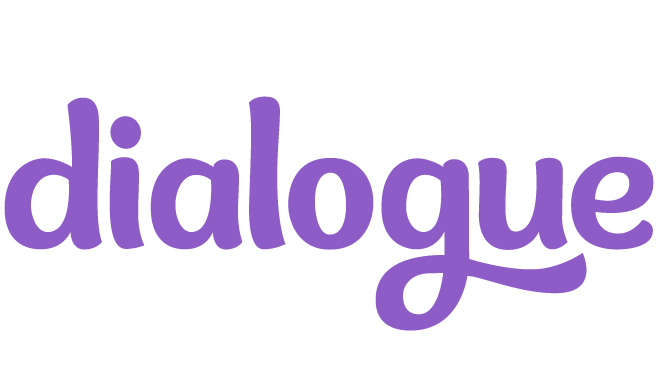Anxiety of Public Speaking? 5 Strategies to Empower You to Overcome Your Fear
Photo by Matt Botsford on Unsplash
Last week, I confessed to my fear of public speaking (click here to read the full post). In my next post, I shared how I faced my fear on live television (click here to watch the 3-minute interview).
As promised, I am now sharing the strategies that empowered me to deliver my message without having a panic attack or mentally drawing a blank.
Strategies to Overcome Your Fear of Public Speaking
1. PREPARE, PREPARE, PREPARE!
Fail to prepare and prepare to fail, right? The first step is letting go of the notion of failure and creating a clear vision of what success looks like. For me this was clearly getting my message across. In order to do this I prepared, then practiced my message. Remember the 3 C’s: keep the message clear, concise, and consistent. Practicing a consistent message was key to the creating the confidence that I could deliver it with minimal mental effort. It helps to practice out loud with a partner who can give you feedback. I can thank my husband for helping me with the 3 C’s as I struggle with this as someone with a reflective style of thinking and speaking.
Photo by Freddy Castro on Unsplash
2. use positive IMAGERY
Close your eyes and imagine the event going as planned. See yourself prepared leading up to the event and showing up confident. Be realistic in your imagery. Know that the goal is not to eliminate the anxiety, or else when the anxiety symptoms show up, you’re more likely to panic. Be prepared to show up anxious and rechannel the anxiety or simply be aware of it while maintaining a manageable level. You can also ask a professional, like a coach to use guided imagery to help you create your vision and manage your mental traps with specific strategies.
Photo by Alia Wilhelm on Unsplash
3. pack a SURVIVAL KIT
When we enter a state of panic, our reptilian brain (our most primitive brain system) enters fight or flight mode. In order to re-ground ourselves and effectively switch off this response, we need to activate our prefrontal lobe, which is involved in more logical thinking. A simple way to do this, is to use our 5 senses: touch, smell, sound, sight and taste. See below for what I packed in my own survival kit.
Sample “Survival Kit”
Touch: I wore my mala bead bracelet so I could have something to hold onto to ground myself.
Smell: My Mala and Me bracelet was made partially from lava rocks, which are porous and retain the scent of essential oils. I coated the beads in oil formulated to reduce anxiety. I then inhaled the scent while deep breathing before going on air.
Sound: I packed headphones and meditation music to listen to in the green room. I didn’t end up listening and opted to talk to the other guests instead. Honestly, this was helpful as I took comfort in knowing I wasn’t the only one who was nervous.
Sight: I did not bring anything specific for sight but you can bring a calming picture, colour or anything. But since I was going to be on live, I decided to focus on making eye contact with the interviewer. This helped me stay connected and grounded. For some types of anxiety, eye contact can have the opposite effect, so know your triggers and determine the best visual to keep you grounded.
Taste: I brought a calming anti-anxiety tea that I slowly sipped before going on air. Alternatively, you can suck on a candy or mint. Since I also have a fear of choking, I opted to go without anything in my mouth when on camera.
4. do a POWER POSE
I mentioned above that I did some deep breathing beforehand. But the other thing you can do is a power pose. Research by Amy Cuddy and others in 2010 suggested by doing a power pose for 2 minutes, your power hormone (testosterone) goes up, and your stress hormone (cortisol) goes down. The study has since been discredited as it failed to replicate, but even if the power pose doesn’t affect your hormones, it’s an opportunity to use imagery and body language to give yourself a little boost and mental reminder that "you got this!"
5. flip the script
Thought records are often used in cognitive behavioural therapy to treat anxiety and other conditions. You simply complete the worksheet below to capture your feelings, unhelpful thoughts, and facts that both support and provide evidence against the unhelpful thoughts. Again, this works best with a professional who can effectively challenge you to ensure the end result is a more balanced perspective. You then come up with a short, balanced statement that will help you prior to the anxiety-provoking event. I wrote my balanced statement on a cue card and included it in my survival kit to read beforehand. Instead of my original unhelpful thought, "Am I going to panic?"; my balanced statement was “Yes, I feel anxious because I want to do well, but I have had many more successful speaking experiences than unsuccessful ones and today I am prepared.”
I hope that you find this list thorough and useful. Share with your friends who might need some tips to overcome their fear. I will continue to update this list as I learn new strategies. I’d love to hear what strategies you’ve tested. It’s important that we don’t let our fear stop us from doing the things that will lead us to living our most fulfilling and purposeful lives.
Do you want to receive updates to the dia-BLOG plus a free workbook that will help you create your goals and prioritize what's important so you can achieve focus and balance? Become a Dialogue Insider and join a community of like-minded multipassionates who value community over competition.





